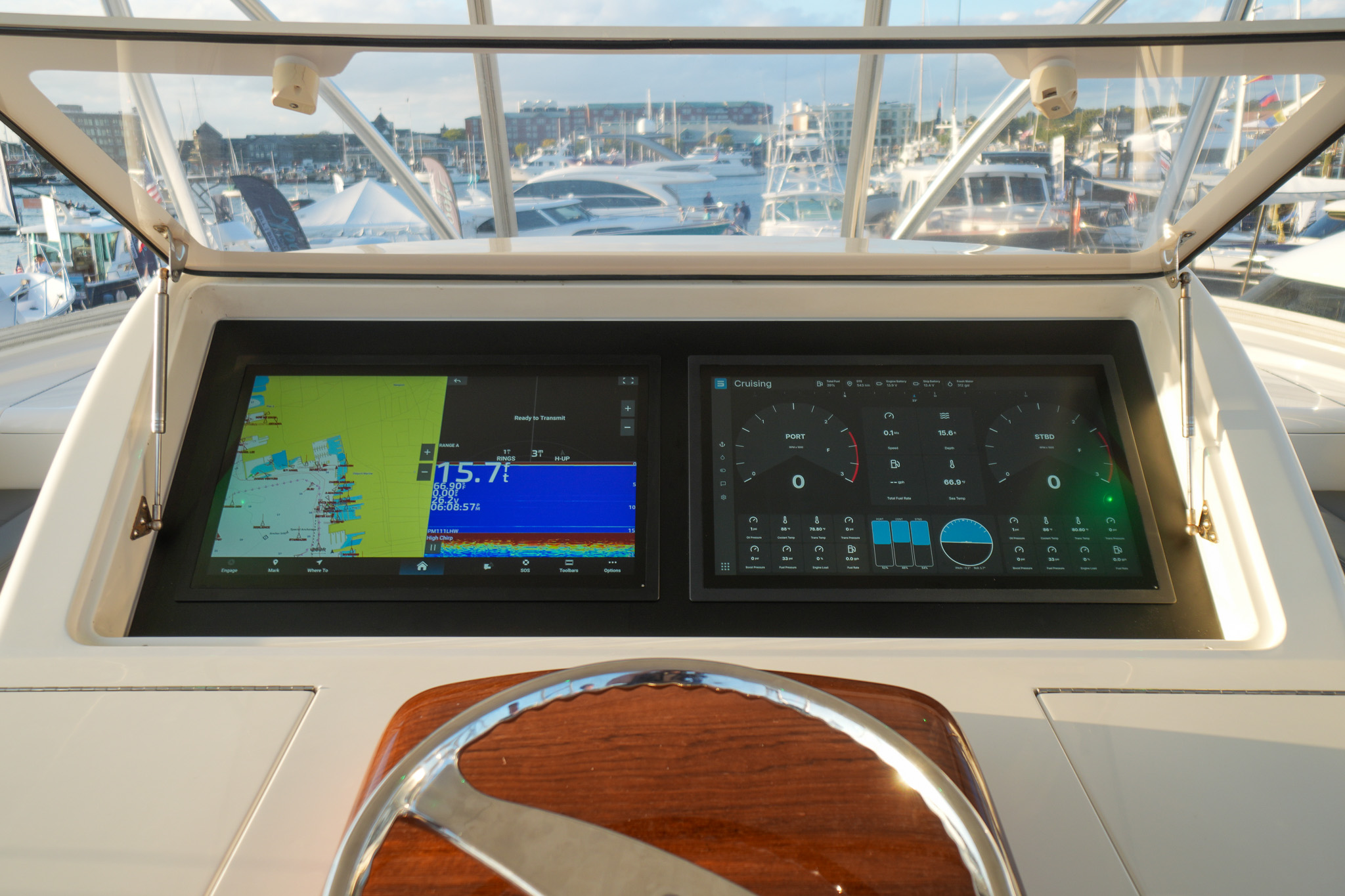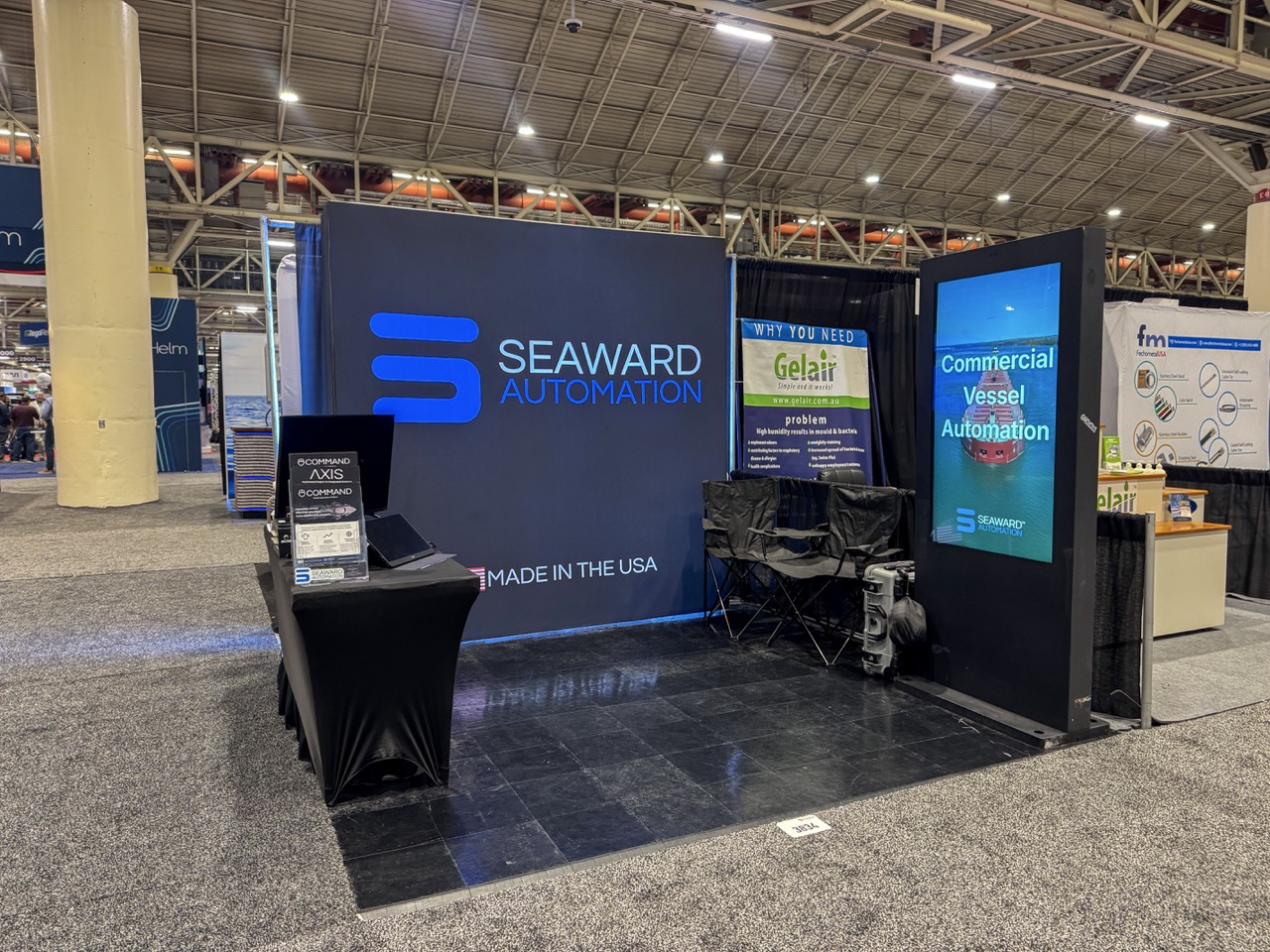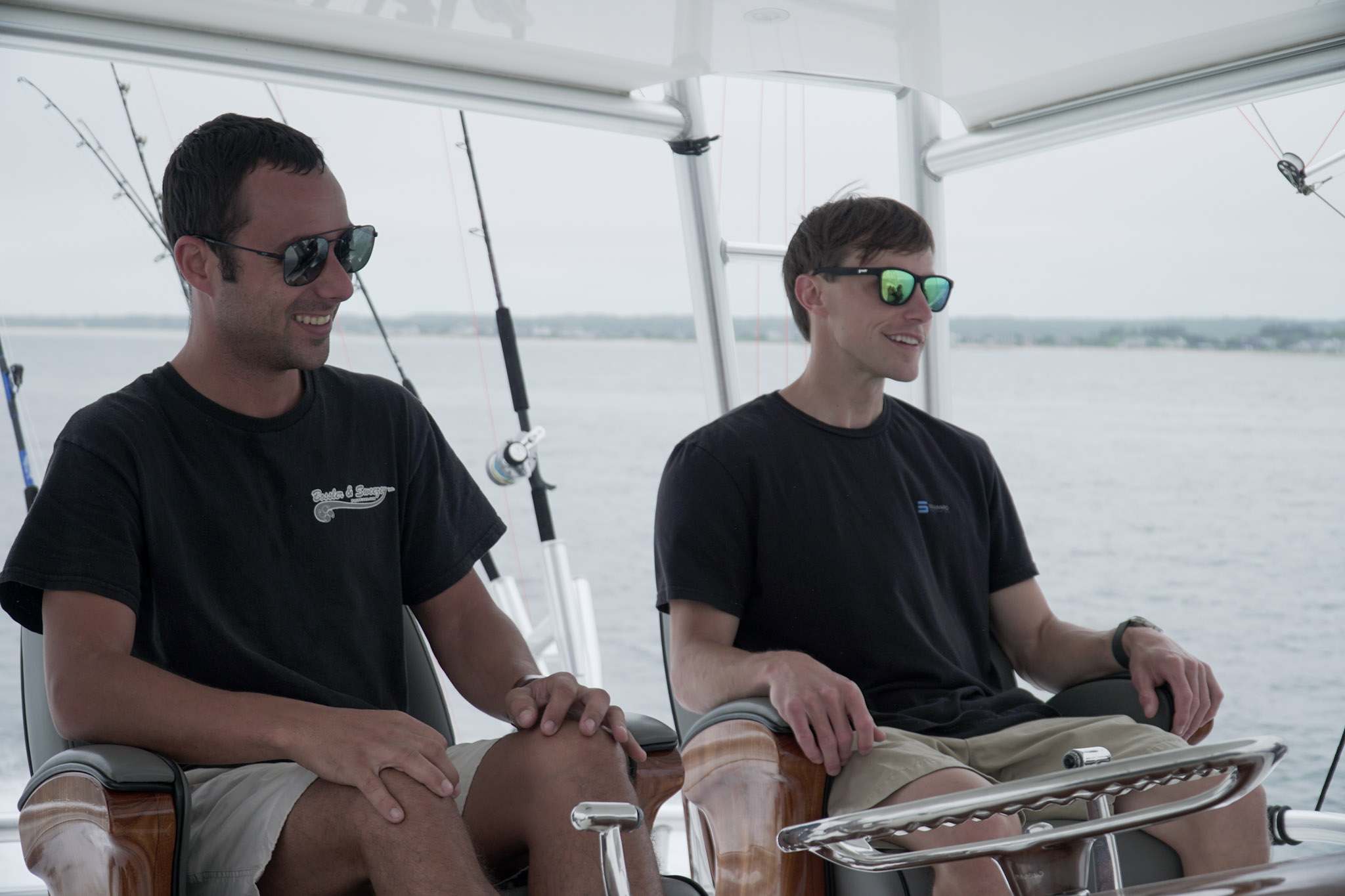Your Trusted Partner in Onboard Automation
Who We Are
At Seaward Automation, we specialize in redefining vessel automation. Our focus is on bringing advanced integration to vessels that were once considered beyond the reach of modern systems. By optimizing critical onboard processes, we help elevate safety, efficiency, and ease of operation for every vessel we work on.
We are problem-solvers at our core. No matter the challenge, we strive to deliver a solution.
Command by Seaward™
Your Entire Vessel, At a Glance.
Command by Seaward is an all-in-one vessel integration platform. Using proprietary hardware, Command is able to communicate and control multiple protocols aboard the vessel, including but not limited to: NMEA 2000, J1939, and Industrial communication protocols.

Come see us at our next stop.

December 3rd - December 5th, 2025

Explore Our Cutting-Edge Automation Solutions

Fuel Command
Designed to precisely control, monitor, and seamlessly manage the movement and distribution of fuel on board.

Sea Command
Solutions engineered to precisely control, monitor, and manage on board seawater systems.

Water Command
Designed to precisely control, monitor, and manage on board freshwater systems.
From the Field
Marine Automation Solutions
Speak to an EngineerAt Seaward Automation, we provide a comprehensive suite of automation solutions tailored to a wide range of marine industry applications. Our systems are designed to integrate seamlessly with both modern and legacy platforms, giving customers the flexibility and innovation they need to stay ahead.
Advanced Automation Supporting
All Marine Sectors
Sportfishing Vessels
Commercial
Recreational
Sailing Vessels

Why Choose Seaward Automation for Your Vessel?
Seaward Automation offers unparalleled integration and reliability for your marine operations. Our solutions ensure safety and efficiency, allowing you to focus on what you love—being on the water.
Seamless Integration
Experience effortless connectivity across all your vessel's systems with our advanced technology.
Proven Reliability
Count on our systems to perform consistently, no matter the conditions at sea.
Latest Insights and Updates
Explore our recent articles and resources.









